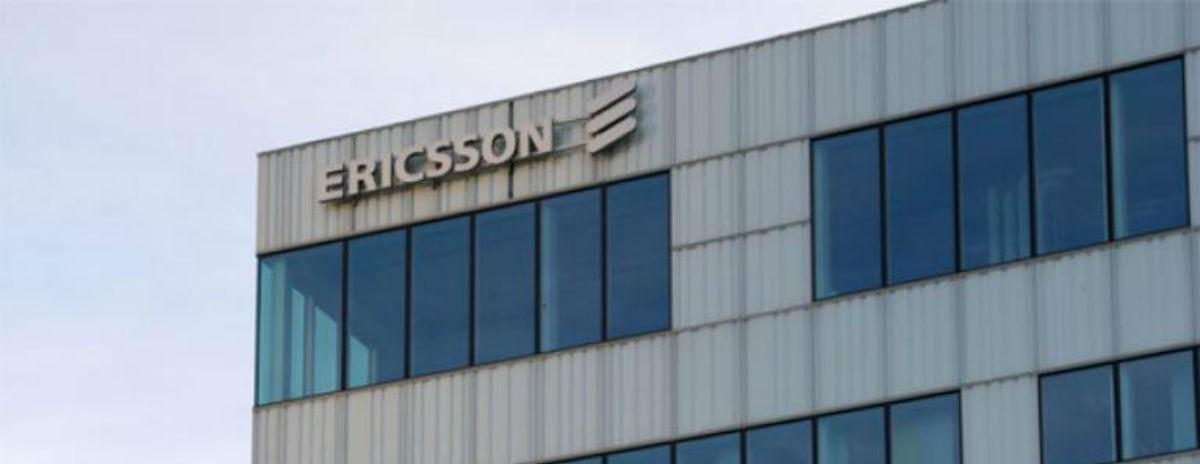With 5G deployments rapidly gathering momentum globally, Ericsson has launched new software and hardware solutions to expand 5G deployment options. The new solutions extend network capacity and coverage, enabling smooth network evolution, and facilitating new consumer and industry use cases.
While already supporting frontrunner service providers through the rollout of commercial 5G using non-standalone (NSA) 5G New Radio (NR), Ericsson has now introduced standalone NR software. In addition to extending deployment possibilities, 5G standalone NR software makes for a new network architecture, delivering key benefits such as ultra-low latency and even better coverage.
Ericsson is also evolving its cloud solution with an offering optimised for edge computing to meet user demand. This will enable service providers to offer new consumer and enterprise 5G services such as augmented reality and content distribution at low cost, low latency, and high accuracy.
Fredrik Jejdling, Executive Vice President and Head of Business Area Networks, Ericsson, says:
“We continue to focus our efforts on helping our customers succeed with 5G. These new solutions will allow them to follow the 5G evolution path that fits their ambitions in the simplest and most efficient way.”
Meeting operator needs for smooth evolution with standalone and non-standalone 5G
The new standalone 5G NR software can be installed on existing Ericsson Radio System hardware. Coupled with Ericsson’s 5G dual-mode Cloud Core solutions, the new products are aimed at opening new business opportunities for service providers – especially having established an architecture that facilitates agility, provides advanced support for network slicing and enables the speedy creation of new services.
Most operators will start with NSA and once the 5G coverage has been established, also deploy standalone.
Low bands will play a key role in cost-efficiently extending the coverage provided by 5G deployments to date. Ericsson has also launched Inter-band NR Carrier Aggregation – a new software feature that extends the coverage and capacity of NR on mid- and high bands when combined with NR on low bands. This will improve speeds indoors and in areas with poor coverage.
Two new Massive MIMO radios have also been added to the Ericsson Radio System mid-band portfolio, allowing service providers to build 5G with precision: AIR 1636 for wider coverage which provides optimised performance on longer inter-site distances; and AIR 1623 for easy site build with minimal total cost of ownership.
Powerful edge solution for distributed cloud services
5G enables augmented reality, content distribution and gaming, and other applications that require low latency and high bandwidth to perform with accuracy. To help service providers meet these requirements and offer new consumer and enterprise services, Ericsson is evolving its cloud solution with the launch of Ericsson Edge NFVI (Network Functions Virtualisation Infrastructure), optimised for the network edge.
A compact and highly efficient solution, Ericsson Edge NFVI is part of the end-to-end managed and orchestrated distributed cloud architecture, which makes it possible to distribute workloads, optimise the network and enable new services in the cloud.
Certification program for virtual network function-vendors
Ericsson is also launching the Ericsson partner VNF Certification Service, a partner certification program for virtual network functions (VNF). The service is open to all VNF vendors and grants a certification on the Ericsson NFVI platform using Ericsson Labs. This will create an ecosystem with a shorter time-to-market for working with partners and applications.



